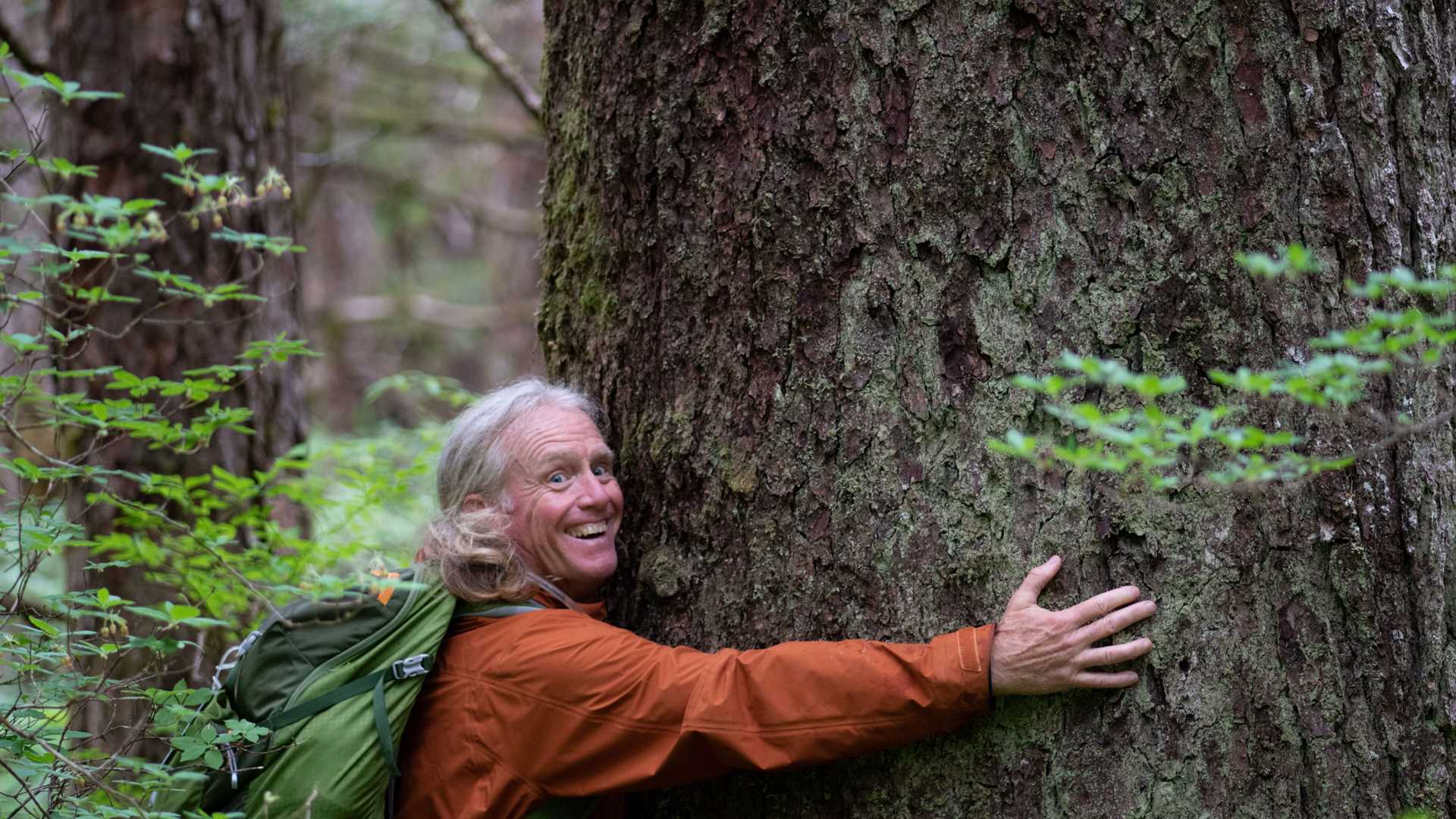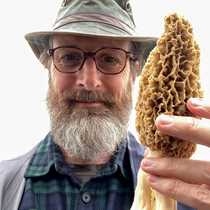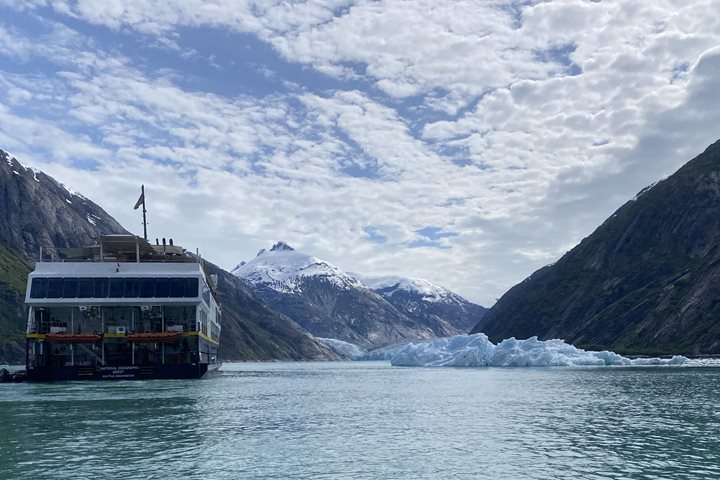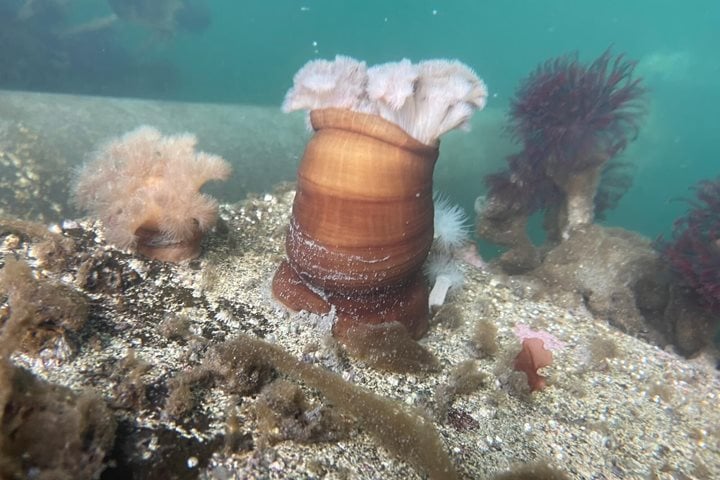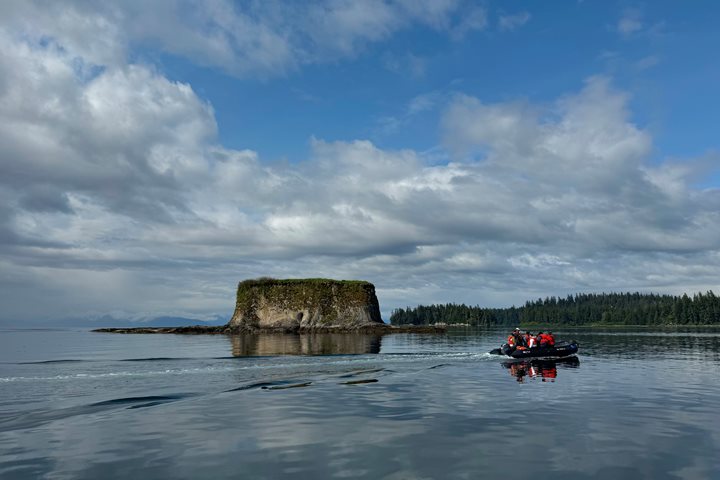Tucked into a small alcove surrounded by dense forest, a small beach provided our first landing in Alaska for an excited group of 14 explorers. Our little band ranged from twenty-somethings to sixty-somethings, all ready for the unknown adventures in a little corner of the seventeen-million-acre Tongass National Forest, where the only trails we could find were made by bears, deer, and weasels, and our only certainty was discovery.
Muskegs crossed by perennial bear trails, red-throated loons and Barrow’s goldeneyes swimming in remote lakes, steep ravines lined with salmonberry, deer grazing in pocket meadows, and snow accenting not-so-far-off mountains surrounded us as we bushwhacked our way through the forest, not knowing what lies ahead or where our exploration would lead us.
What a way to begin our week in Alaska!

